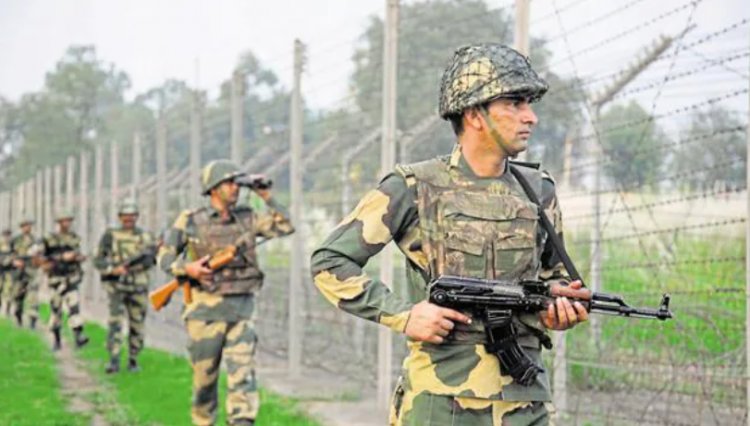India’s Northeast: Connectivity vs Security
Asia News Agency

Recently, External Affairs Minister S. Jaishankar has made welcoming assurances about developing connectivity from and within the Northeast. Union Minister of Civil Aviation Jyotiraditya Scindia then made remarks about improving the nature of rail and air connectivity to and within the region.
“For a space plagued with lack of communication, troubling insurgency, and raging underdevelopment, these are enthusiastic trends,” writes Udayan Das (Assistant Professor, Department of Political Science, St. Xavier’s College (Autonomous), Kolkata).
“In recent years, connectivity in the Northeast has been a popular issue in India’s foreign policy. The potential of the region is at the heart of India’s ‘Look East’ and ‘Act East’ policies, as it forms the crucial conduit between India and Southeast Asia. As a result, there is gradual financial attention, an increasing allocation of projects, and a larger promise for connectivity in the region at three levels: (a) trans-regionally between Northeast India and Southeast Asian states, (b) nationally between the Northeast and the rest of India, and (c) locally within the Northeast.
"In spite of the potential and promise, the record of connectivity in the Northeast remains a complex issue and a story of missed opportunities.”
Dual challenge
India dual challenge in the northeast says Das is of “negotiating security concerns on the ground and keeping the promise of connectivity alive. As the predominant security considerations override connectivity projects, meaningful projects are elusive.
“Rather than these projects ushering in development and altering the ground rules, security issues tend to structure connectivity projects in turn. The crucial questions – whom to connect, for what, and how much to connect – are decided on security parameters and not economic adventurism and social experimentation. This often results in connectivity projects that are not coherent but haphazard…..
“Unfortunately, the Northeast’s long history of insurgencies and its contentious borders with Myanmar, Bangladesh, and China embolden security narratives to downplay economic logic and community acceptability.”
‘Security factor impact the economic gains of connectivity projects’
Das argues the security factor impact the economic gains of connectivity projects. “First, connectivity projects have to carefully skirt the borders and territorial concerns. It effectively means that economic corridors can only develop on State-mandated routes. Hard borders breed insecurity and the regulation of people and goods.
“Even if there is an enhancement in border connectivity, the movement of troops rather than goods or civilians is the main objective. Security zones do not make good economic corridors.
“Second, a conflict zone has limits, while economic networks depend upon the adventurism of bending boundaries, whether political or geographical. Economic stakeholders are unlikely to invest in a conflict space ridden with political and security restrictions.”
The result is that “sovereignty issues prevent Northeast India from tapping into the markets of South China. The Northeast also does not connect with emerging economies like Singapore and Malaysia, but not into Myanmar, another conflict zone. With both Bangladesh and Myanmar, India has difficult borders with complicated terrain and militarisation. These factors draw a steel ring around economic logic. Finally, security issues impose logistical delays that further weaken economic incentives. India’s initiatives, such as the trilateral highway and the Kaladan Multi-Modal Transit Transport Project, have recurrently failed deadlines.”
Lack of community trust manifests in different ways
In the view of Das, "security perceptions have complicated the trust factor between the State and the community….Northeast communities rightly feel alienated from the other states because of the State’s hard-handed security approach toward them. States find it difficult to trust and communicate with the communities because of long-drawn insurgencies. This manifests in several ways.
“First, in the grand transregional designs of the government, the Northeast often comes across as a bridge to Southeast Asia. It gives the impression of a ‘fly-over’ approach where Northeast is used as a connecting cable but internally left unengaged….
“Second, in a space where insider-outsider debates are very alive, a lack of engagement and proper communication with the community might also induce fears of migration. The Northeast has a delicate and volatile demography. The fear of commercialisation and connectivity might invoke destabilising perceptions of migration violating their space.
“Finally, connectivity has to carefully tread the path of sustainable development. If not considered legitimate and included, people may consider interference to be an infringement on their environmental claims and rights.”
















